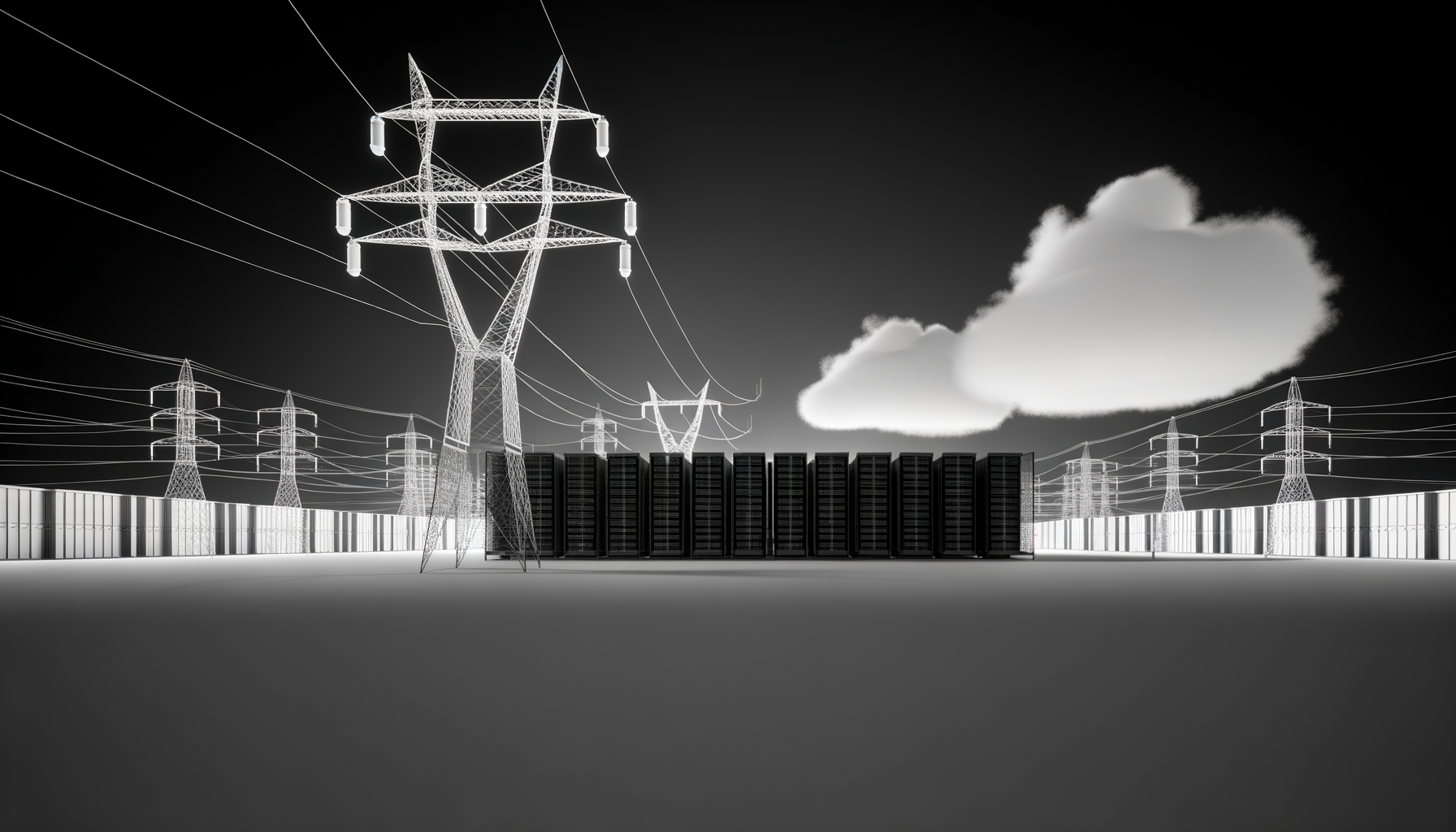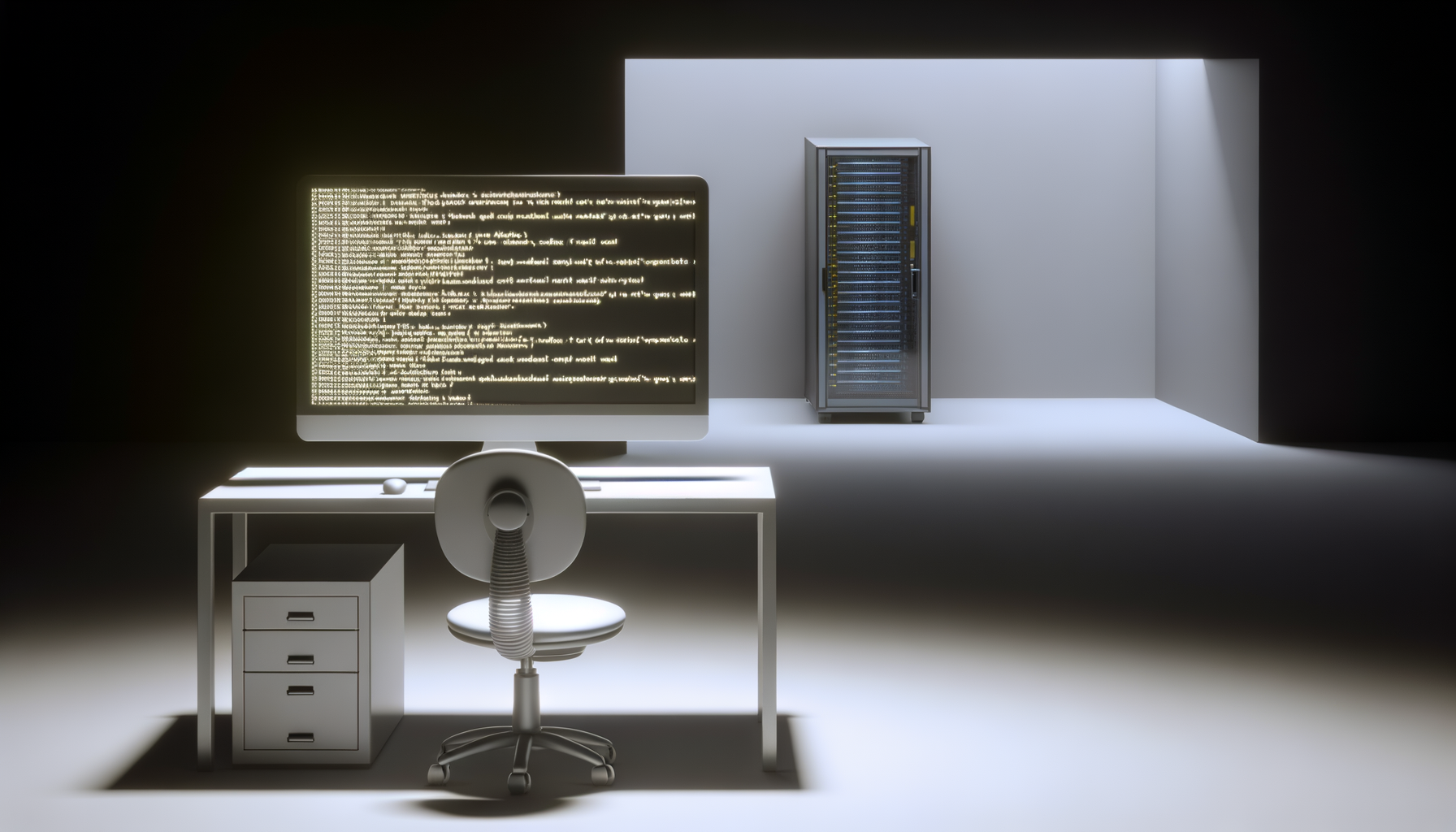Your CFO signed off on GPT-4o licensing. What they didn’t see coming was the $2M infrastructure bill hiding in the shadows.
The Multimodal Mirage
Every enterprise AI strategy deck I’ve reviewed in the past six months features the same slide: a sleek diagram showing GPT-4o or Gemini 2.5 Pro seamlessly processing text, images, audio, and structured data in perfect harmony. The promise is intoxicating—unified intelligence across all data modalities, transforming how businesses understand and interact with information.
The reality? A brutal infrastructure reckoning that’s catching even the most sophisticated tech organizations off guard.
The true cost of multimodal AI isn’t in the API fees—it’s in the complete architectural overhaul your infrastructure demands.
The 300% Infrastructure Uplift Nobody Talks About
Let me paint you a picture of what actually happens when you deploy multimodal AI at enterprise scale. Your existing infrastructure, optimized for traditional workloads or even text-only LLMs, suddenly faces demands it was never designed to handle.
Computational Complexity Explosion
Multimodal models don’t just add processing requirements—they multiply them exponentially. When GPT-4o processes a customer interaction that includes voice, text, and uploaded images simultaneously, you’re not running three separate inference passes. You’re running cross-modal attention mechanisms that require all modalities to be processed in concert, creating computational demands that dwarf traditional AI workloads.
Recent analysis from Galileo reveals that enterprises are discovering their GPU clusters, originally sized for text processing, need complete overhauls to handle real-time multimodal inference. We’re talking about specialized accelerators, high-bandwidth memory architectures, and interconnect fabrics that can handle the data movement patterns unique to cross-modal processing.
The Energy Consumption Shock
Here’s what your sustainability officer hasn’t calculated yet: multimodal AI doesn’t just increase energy consumption—it fundamentally changes your power profile. Traditional text models have predictable, relatively steady power draws. Multimodal processing creates massive power spikes as different modal processors activate and synchronize.
I’ve seen data centers that comfortably ran GPT-3.5 workloads suddenly trip power limits when switching to multimodal models. The infrastructure uplift isn’t just about adding more servers—it’s about upgrading power distribution, cooling systems, and even negotiating new utility contracts.
Architectural Mismatches: When Legacy Meets Multimodal
The dirty secret of enterprise multimodal deployment is that your existing systems weren’t built for this. Enterprise AI trends for 2025 highlight this growing challenge, but they barely scratch the surface of the integration nightmare.
ERP and CRM Integration Bottlenecks
Your SAP or Salesforce instance expects structured data in specific formats. Multimodal AI outputs? They’re probabilistic, multi-dimensional, and require entirely new data schemas. The middleware layer needed to bridge this gap isn’t a simple API wrapper—it’s a complex translation system that needs to maintain semantic consistency across modalities while meeting enterprise latency requirements.
- Traditional ETL pipelines break under multimodal data volumes
- Data warehouses lack native support for embedding storage and retrieval
- Business intelligence tools can’t visualize cross-modal insights effectively
- Audit trails become exponentially more complex with multimodal interactions
Real-Time Processing: The Latency Wall
Here’s where the infrastructure tax really bites. Real-time multimodal processing isn’t just computationally intensive—it requires a complete rethinking of your data flow architecture. Cross-modal data fusion creates latency bottlenecks that cascade through your entire system.
Consider a customer service scenario where an agent needs real-time analysis of a customer’s voice tone, written chat, and shared screenshots. Traditional architectures route these through separate processing pipelines. Multimodal AI requires synchronized processing with sub-100ms latency. The infrastructure changes needed to achieve this—edge computing nodes, specialized routing hardware, rewritten application logic—easily push into seven figures.
The Security and Compliance Multiplier
If you thought GDPR compliance was complex with text data, multimodal AI turns it into a three-dimensional chess game. Each data modality brings its own privacy considerations, retention requirements, and processing restrictions.
Attack Surface Expansion
Multimodal models don’t just process more data types—they create new attack vectors. Image-based prompt injection, audio deepfakes triggering unintended model behaviors, cross-modal data poisoning—your security team needs entirely new defensive capabilities.
| Attack Vector | Traditional AI Risk | Multimodal AI Risk |
|---|---|---|
| Prompt Injection | Text manipulation | Hidden commands in images/audio |
| Data Poisoning | Corrupted text datasets | Cross-modal contamination |
| Model Extraction | API query patterns | Multi-vector reconstruction |
| Privacy Leakage | Text memorization | Biometric data exposure |
Compliance Complexity
GDPR’s “right to be forgotten” becomes exponentially more complex when a single user interaction might generate text transcripts, voice prints, facial embeddings, and behavioral patterns across multiple modalities. Your data governance team needs new tools, processes, and likely new headcount to manage this complexity.
The Monitoring and Evaluation Challenge
Here’s a problem that’s burning through enterprise AI budgets right now: how do you monitor and evaluate multimodal AI performance in production? Traditional metrics fail spectacularly when applied to cross-modal systems.
Cross-Modal Performance Metrics
Accuracy, F1 scores, and perplexity work fine for single-modality models. But how do you measure whether your multimodal model correctly understood that a customer’s frustrated tone matched their complaint text and the error screenshot they provided? The evaluation frameworks simply don’t exist yet.
2025 predictions for enterprise AI suggest that evaluation tooling will catch up, but right now, enterprises are flying blind. They’re deploying multimodal systems without adequate ways to measure their effectiveness, leading to hidden performance degradation and user experience issues that only surface through customer complaints.
Production Monitoring Infrastructure
Monitoring multimodal AI requires capturing and analyzing interactions across all modalities in real-time. This means:
- Instrumenting applications to capture multimodal context
- Building data pipelines that can handle diverse data types
- Creating dashboards that visualize cross-modal performance
- Implementing alerting systems that understand modal dependencies
- Maintaining audit logs that satisfy compliance across all modalities
The tooling and infrastructure for this doesn’t come off the shelf. You’re looking at custom development, specialized monitoring platforms, and significant ongoing operational overhead.
The Real Cost Calculation
Let’s get specific about where that $2M infrastructure tax comes from. Based on my analysis of recent enterprise deployments:
Hardware and Infrastructure: $800K-$1.2M
- GPU cluster upgrades for multimodal processing
- High-bandwidth networking equipment
- Specialized storage for embedding databases
- Edge computing nodes for latency-sensitive applications
- Power and cooling infrastructure upgrades
Software and Integration: $600K-$800K
- Middleware development for legacy system integration
- Custom monitoring and evaluation platforms
- Security tooling for multimodal threats
- Compliance and governance systems
- Data pipeline reconstruction
Operational Overhead: $400K-$600K annually
- Specialized engineering headcount
- Increased energy costs
- Expanded security operations
- Compliance and audit overhead
- Ongoing optimization and tuning
Strategic Implications for Enterprise AI
The enterprises succeeding with multimodal AI aren’t the ones with the biggest AI budgets—they’re the ones who understood the infrastructure implications early and planned accordingly.
Phased Deployment Strategies
Smart organizations are taking a modular approach to multimodal deployment. Instead of attempting a full-scale rollout, they’re:
- Starting with single-use cases that justify infrastructure investment
- Building reusable multimodal infrastructure components
- Creating centers of excellence for cross-modal AI
- Developing internal expertise before scaling
Infrastructure as Competitive Advantage
Here’s the counterintuitive insight: the high infrastructure bar for multimodal AI creates a moat. Organizations that successfully navigate this transition will have capabilities their competitors can’t easily replicate. The $2M tax becomes a $20M competitive advantage when you’re the only player in your industry who can deliver real-time, multimodal AI experiences at scale.
The Path Forward
The multimodal AI revolution is real, but it’s not going to be evenly distributed. The winners will be organizations that recognize infrastructure as the critical success factor and invest accordingly.
Key recommendations for enterprises embarking on this journey:
- Conduct a realistic infrastructure assessment before committing to multimodal AI
- Budget for 3x your initial infrastructure estimates
- Build cross-functional teams that include infrastructure architects from day one
- Invest in monitoring and evaluation capabilities before deployment
- Plan for the security and compliance implications upfront
- Consider infrastructure partnerships to share costs and expertise
The enterprises treating multimodal AI as just another API integration are in for a rude awakening. Those who recognize it as a fundamental infrastructure transformation will be the ones capturing its true value.
The $2M infrastructure tax isn’t a bug in enterprise multimodal AI deployment—it’s the table stakes for playing in the next era of business intelligence.





